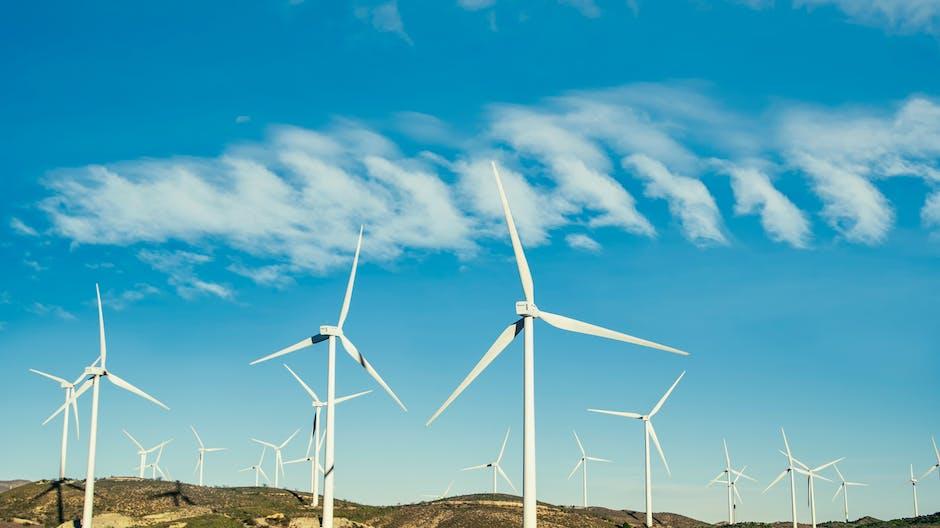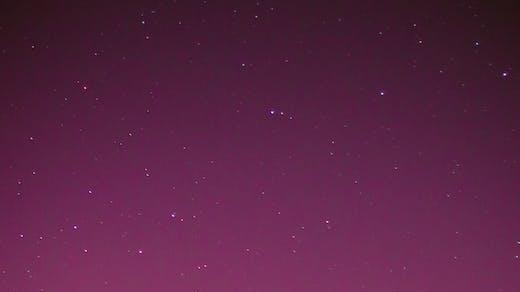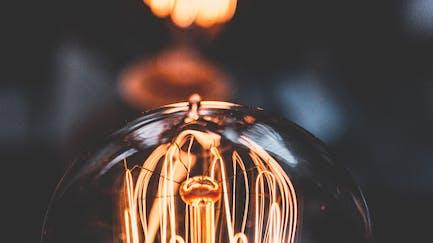Foreword
Solar panels are devices that convert sunlight into electricity. They are made of semiconductor materials, such as silicon and gallium arsenide, that absorb sunlight and release electrons. The electrons flow through wires to generate an electric current. Solar panels are used in a variety of applications, including calculators, street lights, and spacecraft.
Inverters are devices that convert direct current (DC) electricity into alternating current (AC) electricity. Solar panels produce DC electricity, but most appliances use AC electricity. Inverters are used to connect solar panels to the electrical grid and to home appliances.
There are two main types of solar inverters: string inverters and microinverters. String inverters are the most common type of solar inverter. They are connected to a string of solar panels and convert the DC electricity from the entire string of panels into AC electricity. Microinverters are connected to individual solar panels and convert the DC electricity from each panel into AC electricity.
Solar panels can be connected to 48V inverters using a variety of methods, including MC4 connectors, terminal blocks, and screw-type connectors. MC4 connectors are the most common type of connector used to connect solar panels to inverters. They are easy to
There are a few different ways that you can connect your solar panels to a 48V inverter. The most common way is to connect the positive terminal of the solar panel to the positive terminal of the inverter, and the negative terminal of the solar panel to the negative terminal of the inverter. You can also use a solar panel diode to connect the solar panel to the inverter, which will prevent the solar panel from back feeding the inverter.
How many solar panels do I need for a 48V inverter?
The more panels you have in series, the more voltage you will be able to generate, and the better your system will perform. If you have a charge controller with a maximum voltage of 48V, you will need at least 2 panels in series to get the full benefits of the system.
When connecting two batteries together, you should always connect the positive terminal of one battery to the positive terminal of the other battery. You should also connect the negative terminal of one battery to the negative terminal of the other battery.
How many solar panels do I need for a 48V inverter?
A proper and good quality solar power inverter is an essential part of your photovoltaic arrays. It’s an important bridge of solar panel connection to the battery and to the grid. Without a good quality solar power inverter, your photovoltaic system will not work properly.
A 48V system would consist of four 12V batteries set up in series. Renogy’s 100Ah AGM battery would provide this system a usable capacity of 2400 Watt Hours (Volts x Amp Hours = Watt Hours).
Is 48V inverter better than 12V?
A 12V battery is sufficient to run a few lights or small appliances for a brief amount of time. If you need to run a refrigerator or AC, or stay off-grid for more than a few weekends a year, you will do much better with a 48V system.
The voltage of a solar panel system will be determined by the needs of the home or business. If you need around 1,000 to 5,000 watts, go for a 24 volt system. If your energy needs are over 3,000 watts, go for a 48 volt system. Large off-grid houses often use 48V.

How many batteries do I need for a 48V inverter?
When sizing a battery bank for an off-grid solar system, it is generally recommended to oversizes the capacity by about 20-25%. This allows for more headroom in terms of power usage and helps to compensate for battery degradation over time.
A solar charge controller is essential for regulating the charging of a solar panel to a battery. Without a solar charge controller, connecting a solar panel directly to a battery could damage the battery.
Can I connect an inverter to my solar panels without involving batteries
A hybrid solar inverter can work without batteries. This type of system is attached to solar panels and to the power grid which supplies power from both. The system will sell power from the solar panels to the grid when the panels are generating more than the home is using and will buy power from the grid when the home is using more than the solar panels are generating. This system can help to save money on electric bills and can also provide power during a power outage.
An inverter/charger is not typically equipped to directly charge batteries from a PV array – a charge controller is usually needed to appropriately match the PV voltage to the battery, and to regulate charging.
How do you hook up a solar panel to an inverter and battery?
So here we’re going to connect the inverter to the battery. So the black clips goes onto the negative battery terminal and the red clip goes to the positive battery terminal.
The charging current from the solar panels will charge the batteries connected to the charge controller. The DC load is also connected to the charge controller, which will provide power to the DC load. The 120V or 230V AC load (ie fan and lights, etc) is connected to the UPS output terminals, which will power the AC load in the event of a power outage.
Is 48V inverter better than 24V
The advantage of 48V over 24V is that only half as much current is required to get the same power. Assuming 95% converter efficiency, for 3kW output at 24V your battery wiring has to handle 132A! At 48V it drops to a more reasonable 66A. This can be a big advantage when it comes to designing and installing your solar power system.
These 48v solar panel kits are a great way to get started with renewable energy. The kits include solar panels, inverter, batteries and all the accessories required to install a fully operational off-grid system. The parts have been specially selected to combine great value with superb performance and will deliver renewable energy for many years to come.
Can I use a 12V inverter on a 48V battery?
Yes, it is very important to match the battery bank voltage with an inverter that can handle that same voltage. If you have a 12V system, you need a 12V inverter; a 48V system requires a 48V inverter. Standard Pure Sine Wave inverters simply change DC power to AC power.
A 48V solar panel is more cost-effective than a 24V solar panel because it requires the same amount of man hours to manufacture. However, a 48V solar panel is much more efficient than a 24V solar panel, so it is quite cost-effective.

What is the max voltage for 48V battery
Gel batteries require a lower charging voltage than wet or AGM batteries, so a 48 volt charger will work fine. The peak charging voltage for a gel battery is 23 to 236 volts per cell, so for a 48 volt charger this works out to 552 to 566 volts.
The 48V system has the ability to increase power to components without raising the current. This helps to minimize copper usage and loss in transmission. The system is also competent enough in handling EV components without compromising fuel-economising strategies.
Concluding Summary
There are a few options for connecting solar panels to 48V inverters. One option is to use four 12V solar panels in series to make a 48V battery. Another option is to use two 24V solar panels in series to make a 48V battery.
The process of connecting solar panels to a 48V inverter is relatively simple and can be completed by following a few basic steps. First, the solar panels must be mounted in a location that will receive adequate sunlight throughout the day. Next, the solar panels must be wired together in series or parallel, depending on the configuration of the inverter. Finally, the solar panels must be connected to the inverter using the appropriate cables. By following these steps, you can ensure that your solar panels are properly connected to your 48V inverter.
